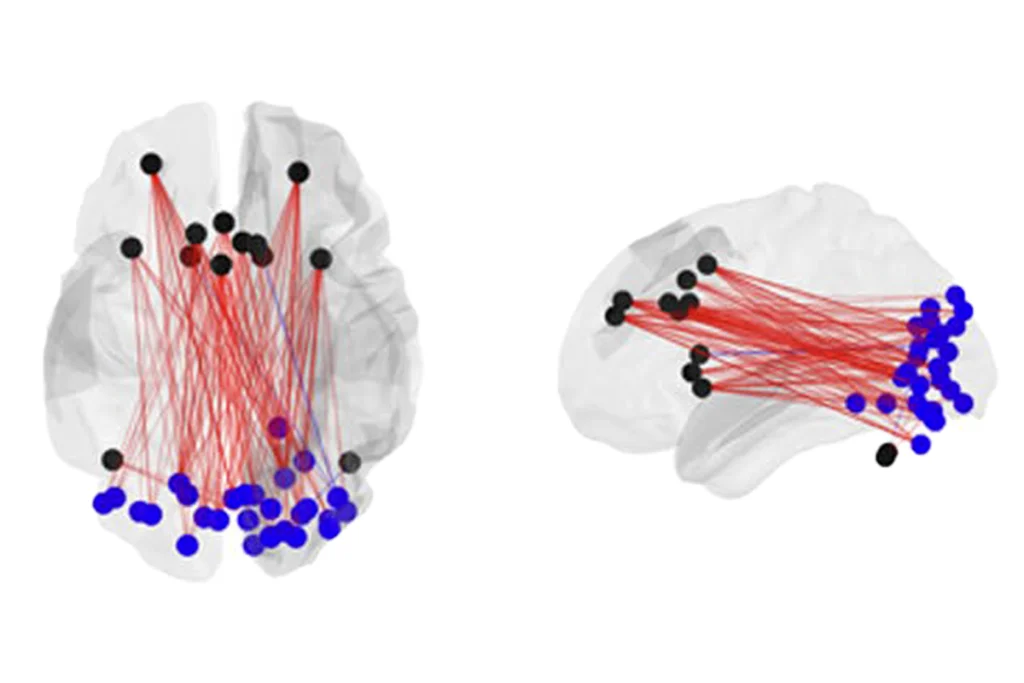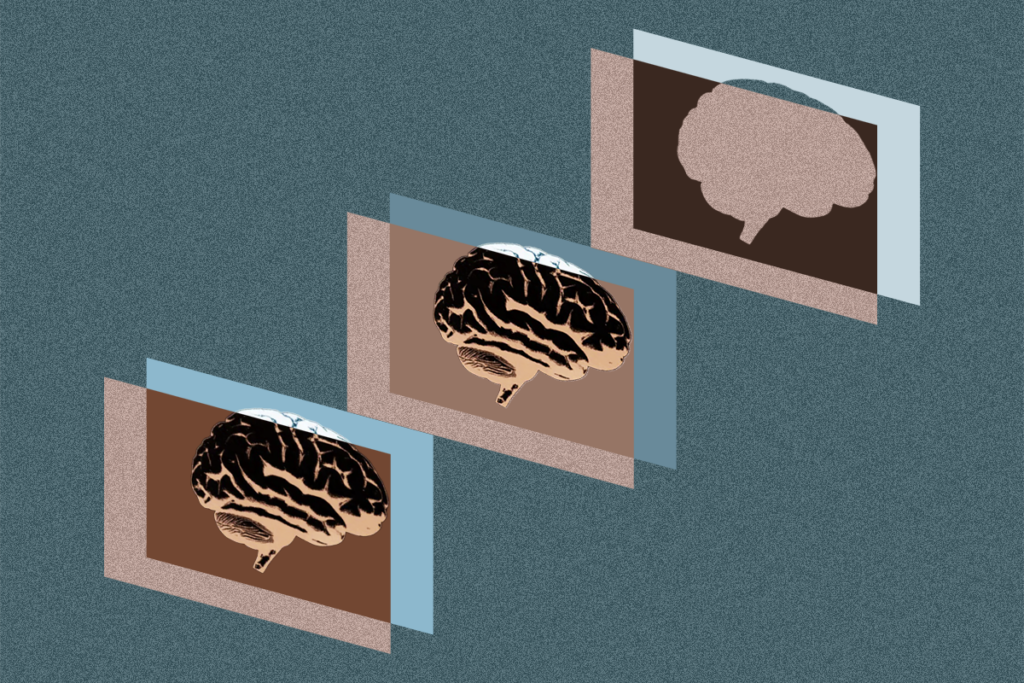New software uses machine-learning to automatically detect and quantify gait and posture from videos of mice moving around their cage.
The tool could accelerate research on how autism-linked mutations or drug treatments affect motor skills, says lead researcher Vivek Kumar, associate professor of mammalian genetics at The Jackson Laboratory in Bar Harbor, Maine.
Most efforts to analyze motor behavior involve placing a mouse on a treadmill or training it to walk through a maze. These assays are a simple way of testing speed, but they restrict the animals’ movement and force mice to walk in an unnatural way.
The algorithm processes footage from an overhead camera and tracks 12 key points on a mouse’s body as it freely explores its surroundings. As the animal wanders, the software detects the position of its limbs and other body parts, automatically generating data on its gait and posture. The researchers described their method in January in Cell Reports.
K
umar’s group trained the software by feeding it about 8,000 video frames that had been manually annotated to tag key points on the animal’s body, such as the nose, ears and tip of the tail. They repeated the process with a variety of different strains to teach the algorithm to recognize mice of all shapes and sizes.The trained software learned to read the rodent’s pose, which was further analyzed to extract more detailed information, such as the speed and length of each stride and the width of the mouse’s stance.
To check that the algorithm performs correctly, the team tested it on video recordings of mice that model traits of Rett syndrome, a rare genetic condition linked to autism. The software confirmed previous findings; for example, the mice take shorter, wider steps than controls. The tool also revealed posture abnormalities not previously described, highlighting its ability to pick up on subtle motor differences that researchers might otherwise miss.
The software also detected gait and posture problems in four mouse models of autism: mice lacking the genes CNTNAP2, FMR1 or SHANK3, or missing a region of chromosome 16 called 16p11.2. Each has a unique walking style and could often be distinguished from controls based on their movements alone, the researchers found.
M
ore than 80 percent of children with autism experience motor difficulties, often displaying differences in their gait and posture. For example, autistic children tend to have a wide stance, and the length of their strides varies from step to step. But motor differences have been studied far less than the condition’s social aspects.Motor problems appear in infancy, yet it is unclear whether they arise independently or as a result of social differences. Some scientists theorize that children learn motor skills from their peers, and children with autism miss opportunities to imitate coordinated movement. Machine-learning could answer this question, says Kumar, who plans to use his software to measure both motor and social changes in mice. He also plans to repeat the analysis in younger rodents to determine when motor problems first arise.
Kumar’s training data is publicly available, saving other laboratories the painstaking step of annotating thousands of video frames. And the algorithm can be unleashed on old video footage — provided the lighting and camera angle are similar to what Kumar’s team used — to extract new data from old experiments.
The software could be used to compare gait in mice with different autism-linked mutations, or in combination with neural recordings to map motor impairments onto specific brain circuits. It may also be used to rapidly screen drugs or other therapies for improving motor coordination in autism.



